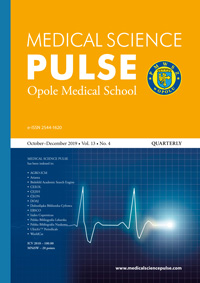Clinical practice guidelines, quality indicators, and the true values of primary care
Clinical practice guidelines, quality indicators, and the true values of primary care
Author(s): Ferdinando Petrazzuoli, Mario PetrazzuoliSubject(s): Health and medicine and law
Published by: Państwowa Medyczna Wyższa Szkoła Zawodowa w Opolu
Keywords: clinical practice guidelines; quality indicators; core values; primary care; rural primary care
Summary/Abstract: Despite the increasing popularity of the concepts known as person-centered care and the holistic approach, their implementation in real life is far from optimal. Patients’ priorities, preferences, and values are still too often neglected. The tendency to measure the outcomes of primary care just in terms of avoiding hospital admissions, reducing health care costs, and increasing adherence to treatment can cause problems and create distortion. Guidelines are too focused on single diseases and not patient-focused. Most guidelines have a “one-size-fits-all” mentality and do not build flexibility or contextualization into their recommendations. Quality indicators should be used with caution and wisdom, especially in primary care, as they are mainly related to a few common chronic diseases and this is not conducive to recognizing the vast range of health problems of our patients. Quality indicators can be useful as a starting point for discussions about quality in primary care but not all the data that we have in our electronic clinical records can be used to derive good quality indicators and they cannot reflect the broad scope of primary care. Some core values are difficult to measure because doctors and nurses are pushed to spend too much time on the registration and administration of the required data rather than dedicate this time to the actual care of the patient. Person-centered health care is certainly one the visions of primary care and primary care doctors need to step up and lead the change. Rural primary care doctors, who traditionally adopt a less biomedical and more holistic approach than their urban counterparts, could become the pioneers in the implementation of this process.
Journal: Medical Science Pulse
- Issue Year: 13/2019
- Issue No: 4
- Page Range: 60-63
- Page Count: 4
- Language: English

